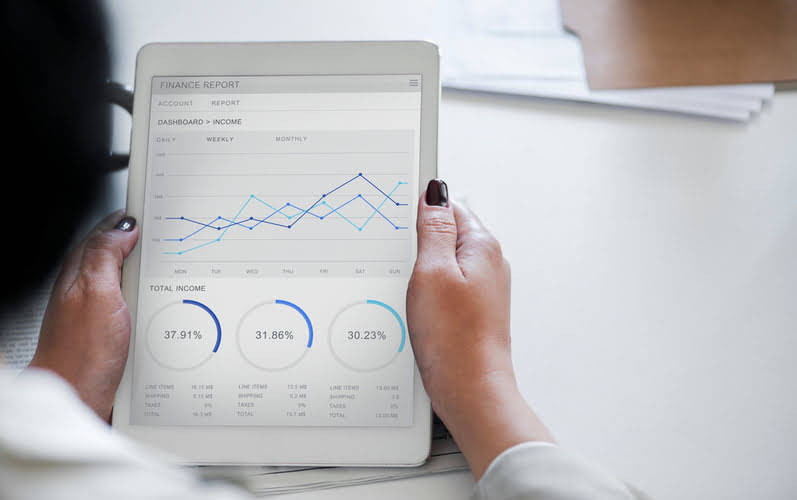Which accounts normally have debit balances?

It is also known as owner’s equity for a sole proprietorship or shareholders’ equity for a corporation, and it is reported in the bottom section of the balance sheet. Under the accrual basis of accounting, the Service Revenues account reports the fees earned by a company during the time period indicated in the heading of the income statement. Service Revenues include work completed whether or not it was billed. Service Revenues is an operating revenue account and will appear at the beginning of the company’s income statement.
- When a company makes a sale, it credits the Revenue account.
- The account’s net balance is the difference between the total of the debits and the total of the credits.
- Sales are reported in the accounting period in which title to the merchandise was transferred from the seller to the buyer.
- Ed would credit his Online store fee account as this is an expense account.
- A contra revenue account that reports the discounts allowed by the seller if the customer pays the amount owed within a specified time period.
Understanding The Normal Balance of an Account
In accounting, an account is a specific asset, liability, or equity unit in the ledger that is used to store similar transactions. Ed’s inventory would have an ending debit balance of $38,000. In accounting, capital normal balance the normal balance of an account is the preferred type of net balance that it should have. Accounts Receivable is an asset account and is increased with a debit; Service Revenues is increased with a credit.
Debits and Credits Outline

Each of the accounts in a trial balance extracted from the bookkeeping ledgers will either show a debit or a credit balance. The normal balance of any account is the balance (debit or credit) which you would expect the account have, and is governed by the accounting equation. This means more capital is flowing into the country than going out, caused by an increase in foreign ownership of domestic assets.

The five types of accounts and their normal balances
Here’s a table summarizing the normal balances of the accounting elements, and the actions to increase or decrease them. Notice that the normal balance is the same as the action to increase the account. In accounting, a debit balance refers to a general ledger account balance that is on the left side of the account.
A country with a large trade surplus is exporting capital and running a capital account deficit, which means money is flowing out of the country in exchange for increased ownership of foreign assets. Before diving into the normal balance of an account, it is essential to understand the types of accounts used in accounting. We’ve covered these in our prior lessons but we need to keep drilling these into your knowledge if you are just starting out. This chart is useful as a quick reference to determine whether an increase or decrease in a particular type of account should be recorded as a debit or a credit. Here’s a simple table to illustrate how a double-entry accounting system might work with normal balances. Although each account has a normal balance in practice it is possible for any account to have either a debit or a credit balance depending on the bookkeeping entries made.
Understanding Goodwill in Balance Sheet – Explained
A T-account is called a “T-account” because it looks like a “T,” as you can see with the T-account shown here. As of 2023, the Netherlands has the largest capital account, with a surplus of $112.5 million. The countries following the Netherlands are Spain, France, Italy, and Romania. An allowance granted to a customer who had purchased merchandise with a pricing error or other problem not involving the return of goods. If the customer purchased on credit, a sales allowance will involve a debit to Sales Allowances and a credit to Accounts Receivable. Debit simply means on the left side of the equation, whereas credit means on the right hand side of the equation as summarized in the table below.
- An equity account is the portion that shareholders would receive in a liquidation event—when a company’s assets are sold and its debts are paid off.
- It is the side of the account – debit or credit – where an increase in the account is recorded.
- Notice that the normal balance is the same as the action to increase the account.
- Liabilities increase on the credit side and decrease on the debit side.
- The normal balance for each account type is noted in the following table.
These transactions consist of imports and exports of goods, services, capital, and transfer payments such as foreign aid and remittances. In accounting, debits and credits are the fundamental building blocks in a double-entry accounting system. Depending on the account type, an increase or decrease can either be a debit or a credit. Understanding the difference between credit and debit is needed. A current asset account that reports the amount of future rent expense that was paid in advance of the rental period.

- Other examples include (1) the allowance for doubtful accounts, (2) discount on bonds payable, (3) sales returns and allowances, and (4) sales discounts.
- If an account has a Normal Credit Balance, we’d expect that balance to appear in the Credit (right) side of a column.
- Specialties include general financial planning, career development, lending, retirement, tax preparation, and credit.
- Losses are also recorded as a debit on the normal balance.